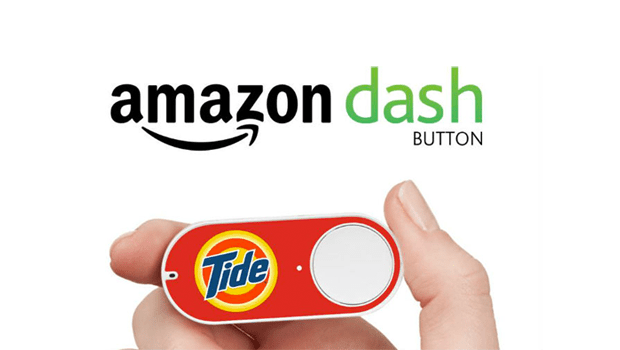What is Python?
The name “Python” is reported to come from Monty Python’s Flying Circus. All computer languages have their own expressions, but Python users have their own meta-expressions, too. Those who are adept at coding with Python may be known as Pythonistas.
Those who are adept at coding with Python may be known as Pythonistas.
What is it about Python that has attracted this devoted following?
Python is a dynamic language, built for speed, and thus works well in applications like automation, Natural Language processing, and Artificial Intelligent development. It is a favored language of Google developers and has had a hand in YouTube. In fact, the Python site includes a quote by YouTube architect, Cuong Do, about the efficiency and ”record speed” with which the language allows them to work.
Will Python replace JAVA?
According to the IT programming trend, Java is currently more popular than other programming languages in terms of number of jobs, number of existing Java developers and overall usage statics in IT compared to Python. According to the latest usage statistics posted on a popular Technology Survey site, Java is being used by 3.0% websites as a server-side programming language, whereas only 0.2% of websites use Python. However, all the recent reports have highlighted that the usage and popularity of Python is growing drastically compared to Java where the Java usage is coming down year on year.
At myTectra we have been monitoring the Trend of Python and Java since 2013 based on number of Jobs posted in Naurki for Bangalore region since 2013. In the below table we could able to see that Java requirement is coming down year on year whereas Python requirement has grown from 200 in 2014 to 6500+ in 2017.
Language
|
2014 April
|
2015 April
|
2016 April
|
2017 April
|
Java Job Posting for Bangalore City
|
17000+
|
17000+
|
15000+
|
12000+
|
Python Job Posting for Bangalore City
|
200+
|
500+
|
3500+
|
6500+
|
Job Posting Statics from Indeed shows python is the only Programming language consistently growing compared to Java which is going down drastically.
So it becomes essential for programmers to understand some of the major differences between these two popular programming languages.
Understanding Important Differences between Java and Python
Both Java and Python are general purpose programming languages. While the former is a statically typed language wherein the programmers have to declare all variable names explicitly, the latter is looked upon as a dynamically typed language where developers are not required to declare variable names explicitly.
Java requires developers to write longer lines of code to accomplish common programming tasks. They also have to put in additional time and effort to organize, maintain and update the Java code base.
On the other hand, syntax of Python enables developers to express concepts without writing longer lines of code. It further emphasizes on reusable and readable code generation. Thus, it becomes easier for programmers to maintain and update the code base.
Java makes it easier for programmers to create portable cross-platform applications. These applications can run on any device on which Java virtual machine (JVM) is running.
On the other hand, the developers have to use a Python compiler to convert the code written in Python into code understandable by the specific operating system.
As JVM is installed on many devices, the developers can run Java applications on various devices without requiring any specialized tools and compilers.
Along with being a popular web technology, Java is also used widely for developing apps for world's most popular mobile operating system, i.e., Android.
The Android SDK includes a number of standard Java libraries. The developers can easily create Android apps by taking advantage of networking, data structure, graphics, and math libraries.
They can even avail a number of tools and frameworks to speed up Android app development. But those into Python development know that it cannot be used for mobile app development directly and exclusively.
The developers have to use additional frameworks and tools to use it for mobile app development. Many programmers prefer developing mobile apps with Java to save both time and effort.
The reason for Python is becoming more popular and huge surge in number of requirement year on year is Python become a language of choice for all the current trending Technologies in IT.
Python adopted as a language of choice for almost all the domain in IT including Web Development, Cloud Computing (AWS, OpenStack, VMware, Google Cloud, Oracle Cloud, etc.. ), Infrastructure Automation , Software Testing, Mobile Testing, Big Data and Hadoop, Data Science, etc.
If the current trends continues Python will become the most sought after language and overtake the number of jobs requirement in next 2-3 years.
